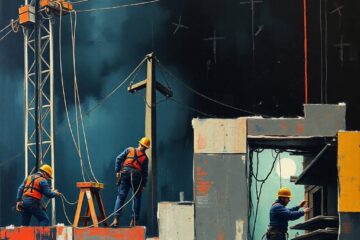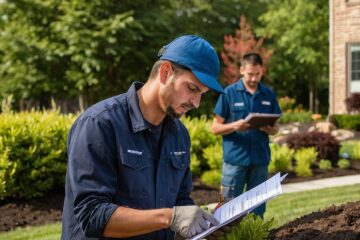All workers will come across some form of plant and equipment on their workplace – whether it’s a crane, excavator, a forklift, or a power tool. And while plant and equipment can make our jobs a lot easier, they can also be extremely dangerous if we don’t take the proper precautions. That’s why plant and equipment safety is something that should be very important in the workplace.
So what exactly is plant and equipment?
Plant is a general term used to describe any machinery, equipment or appliance that is used for a specific purpose on a construction site.
Plant includes:
- machinery used for manufacturing, processing or fabricating materials;
- equipment used for transporting persons or materials;
- pumps and piping.
- tools, office machinery, and equipment;
- computer equipment;
- electrical equipment;
- gas and welding equipment;
- compressed air equipment; and
- ladders, scaffolding, generators and pumps.
Plant and equipment does not include:
- tools, equipment and other assets used solely for domestic purposes in or around a private dwelling;
- vehicles used solely for transportation;
Now that we’ve got a better understanding of what plant and equipment is, let’s take a look at some of the risks associated with it and how we can stay safe.
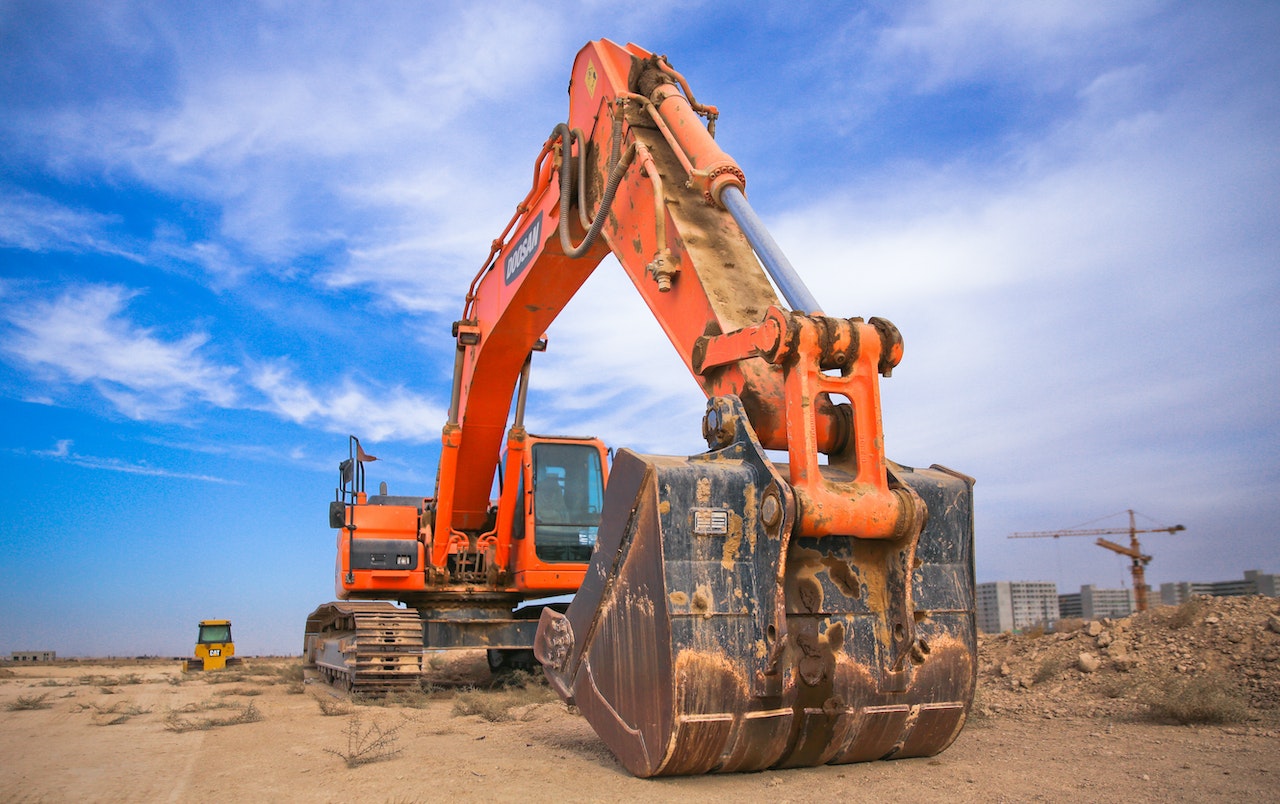
Risks associated with plant and equipment
There are a number of risks associated with plant and equipment, including:
- Collapse or tip-over – this can occur if the plant or equipment is not properly secured or stabilised, resulting in it falling over and potentially crushing or trapping someone beneath it.
- Electrocution – this can happen if the plant or equipment comes into contact with overhead power lines or underground cables.
- Entanglement – this can occur if someone’s clothing or body part becomes caught in the moving parts of the plant or equipment.
- Fire – this can occur if the plant or equipment is not properly maintained or if it comes into contact with flammable materials.
- Noise – prolonged exposure to noise from plant and equipment can damage your hearing. Read more about Noise Induced Hearing Loss
- Vibration – prolonged exposure to vibration from plant and equipment can damage your hands, wrists and arms. Read more about Hand Arm Vibration Syndrome
So now that we know some of the risks associated with plant and equipment, let’s take a look at how we can stay safe around it.
Staying safe around plant and equipment
There are a number of things you can do to stay safe around plant and equipment, including:
- Being aware of your surroundings – take the time to familiarise yourself with the plant and equipment before using it and be aware of your surroundings at all times.
- Following the manufacturer’s instructions – make sure you read the manufacturer’s instructions carefully before using any plant or equipment.
- Using the correct PPE – personal protective equipment (PPE) is a must when using plant and equipment. This could include items such as gloves, earplugs, safety glasses or a hard hat.
- Maintaining a safe distance – make sure you keep a safe distance from the plant or equipment at all times, as well as from any overhead power lines or underground cables.
- Being cautious when moving plant and equipment – take care when moving plant and equipment around, as it can be easy to damage property or injure yourself or others if it’s not done correctly.
- Reporting any damage or problems – if you notice any damage or problems with the plant or equipment, report it to your supervisor immediately.
By following these simple tips, you can help to keep yourself and those around you safe when using plant and equipment on a construction site.
How to not get hit by plant and equipment
Working on a construction site can be dangerous. There are many hazards that can cause serious injury, including being hit by plant and equipment.
There are a few things you can do to help avoid being hit by plant and equipment:
- Wear high visibility clothing. This will help make you more visible to plant and equipment operators.
- Be aware of your surroundings. Pay attention to what plant and equipment is being used around you and where it is moving.
- Stay out of the operator’s blind spots. Most plant and equipment has blind spots where the operator cannot see you.
- Do not walk or work in areas where plant and equipment is operating.
- Keep a safe distance from plant and equipment. Even if you are visible to the operator, they may not be able to stop in time if you are too close.
What should you do if there is an incident involving plant and equipment?
If you have an incident involving plant and equipment, the first thing you should do is make sure that everyone involved is safe and that there is no further risk of injury. Once you have ensured that everyone is safe, you should then assess the damage and decide whether the plant and equipment can be repaired or whether it needs to be replaced.
When an incident occurs in the workplace, it’s important to take quick and decisive action to prevent any further harm from taking place. An incident report should be created as soon as possible, and an investigation launched to identify the root cause of the problem. Depending on the severity of the incident, it may also be necessary to notify the relevant regulator.
Taking prompt action after an incident occurs is crucial to preventing future harm. By filing an incident report and launching an investigation, you can quickly identify the root cause of the problem and take steps to prevent it from happening again. Depending on the severity of the incident, you may also need to notify the relevant regulator.
When an incident occurs, time is of the essence. The quicker you can take action, the better. Here’s what you need to do:
1. Create an incident report
2. Launch an investigation
3. Identify the root cause of the problem
4. Prevent the problem from happening again
5. Notify the relevant regulator (if necessary)
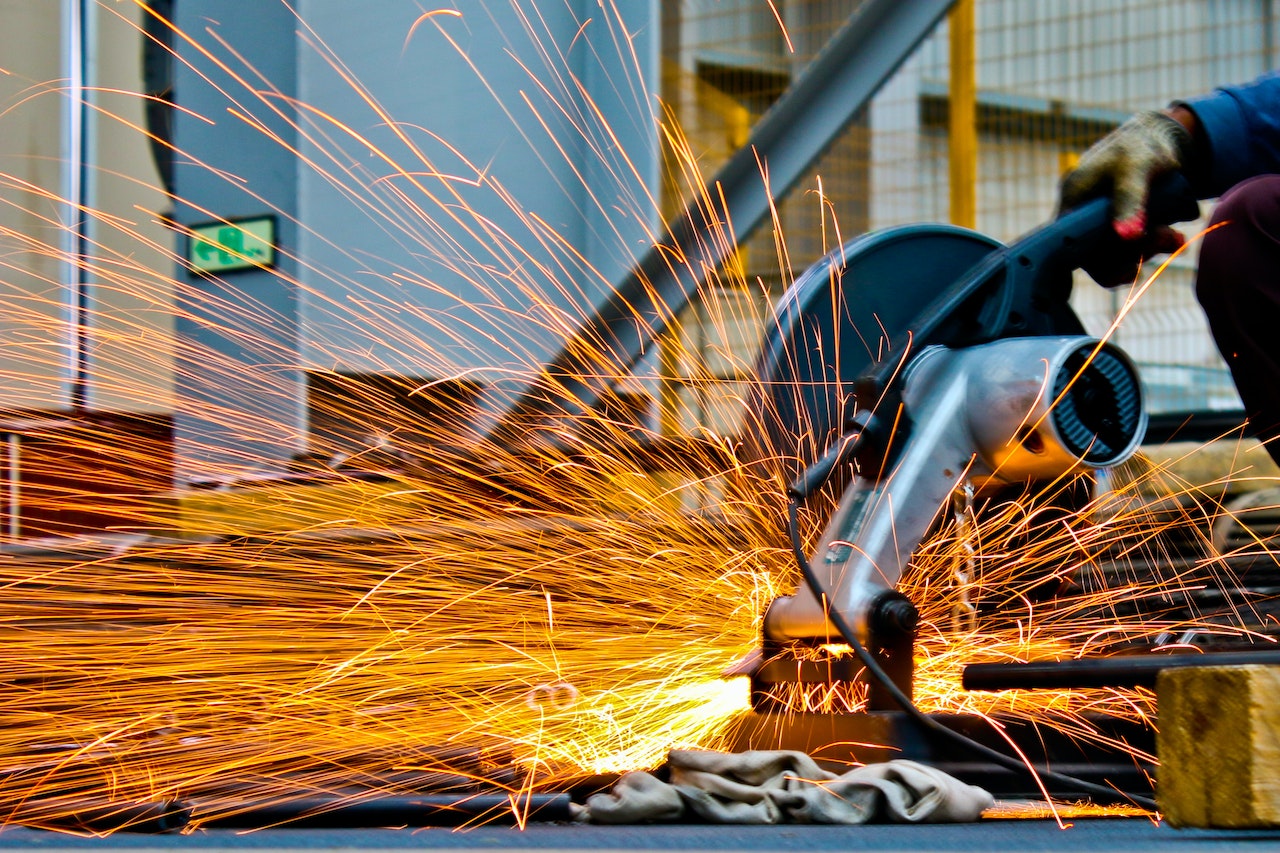
Safety documents for plant and equipment safety
There are many safety documents that workers should have access to so they are safe at work. Some of these documents include the following:
- Plant and Equipment Operating Manuals
- Safe Work Method Statements (SWMSs)
- Safe Operating Procedures (SOPs)
- Emergency Procedures
- Risk Assessments
- Training Records
Operating manuals provide information on how to safely operate plant and equipment. They should be read and understood before using any equipment.
SWMSs are documents that outline the safe way to do a task. They should be followed when carrying out any work activity. In Australia SWMS are required if a person is working on or around plant on a construction site.
SOPs are step-by-step instructions on how to safely do a particular task. They should be followed when carrying out any work activity.
Emergency procedures outline what to do in an emergency situation. They should be followed in the event of an accident or incident.
Risk assessments identify hazards and assess the risks associated with them. They should be carried out before any work activity is carried out.
Training records show that workers have been trained in how to safely carry out their work. Workers should only carry out work that they have been trained to do.
All of these documents are important for workers to have access to so they can be safe at work.
Training for plant and equipment safety
When it comes to plant and equipment safety, training is essential to ensure that workers are safe while on the job. There are a variety of training programs and courses available that can teach workers about the proper way to use and operate plant and equipment.
Some of the most common types of training include safety inductions, operator training, and maintenance training. Safety inductions are typically mandatory for all new employees and provide an overview of the company’s safety policies and procedures. Operator training covers the specific operation of plant and equipment, and is often required for employees who will be using the equipment on a daily basis. Maintenance training covers the inspection and maintenance of plant and equipment, and is often required for employees who are responsible for keeping the equipment in good working condition.
There are a variety of different types training programs available, but not all of them may be appropriate for your workplace. It’s important to assess the needs of your workers and determine what type of training will be most beneficial.
One option is to have workers complete an online training program. This can be a great way to provide safety training to a large number of employees at a lower cost. However, it’s important to make sure that the program is interactive and engaging so that workers will actually learn the information.
Another option is to bring in a trainer to conduct a live training session. This can be more expensive than an online program, but it can be more effective since workers will be able to ask questions and receive immediate feedback.
Regardless of the type of training you choose, there are certain topics that should be covered. Workers should be trained on how to identify hazards, how to properly use personal protective equipment, and what to do in the event of an emergency. They should also be familiar with the specific plant and equipment they will be using and understand the associated risks.
By providing plant and equipment safety training to your workers, you can help create a safer workplace and reduce the risk of injuries and accidents.
On the job training for plant and equipment
When it comes to on-the-job training, there are a few key things that workers should have access to so they are safe at work. First and foremost, they should receive training on how to safely perform their job duties. This training should cover all aspects of the job, from using the proper safety equipment to following the correct procedures.
Additionally, workers should be given access to resources that will help them stay safe on the job, such as safety manuals and safety videos. Finally, workers should be encouraged to ask questions and voice any concerns they have about their safety at work. By providing workers with the proper on-the-job training, employers can help ensure that their employees are safe and productive.
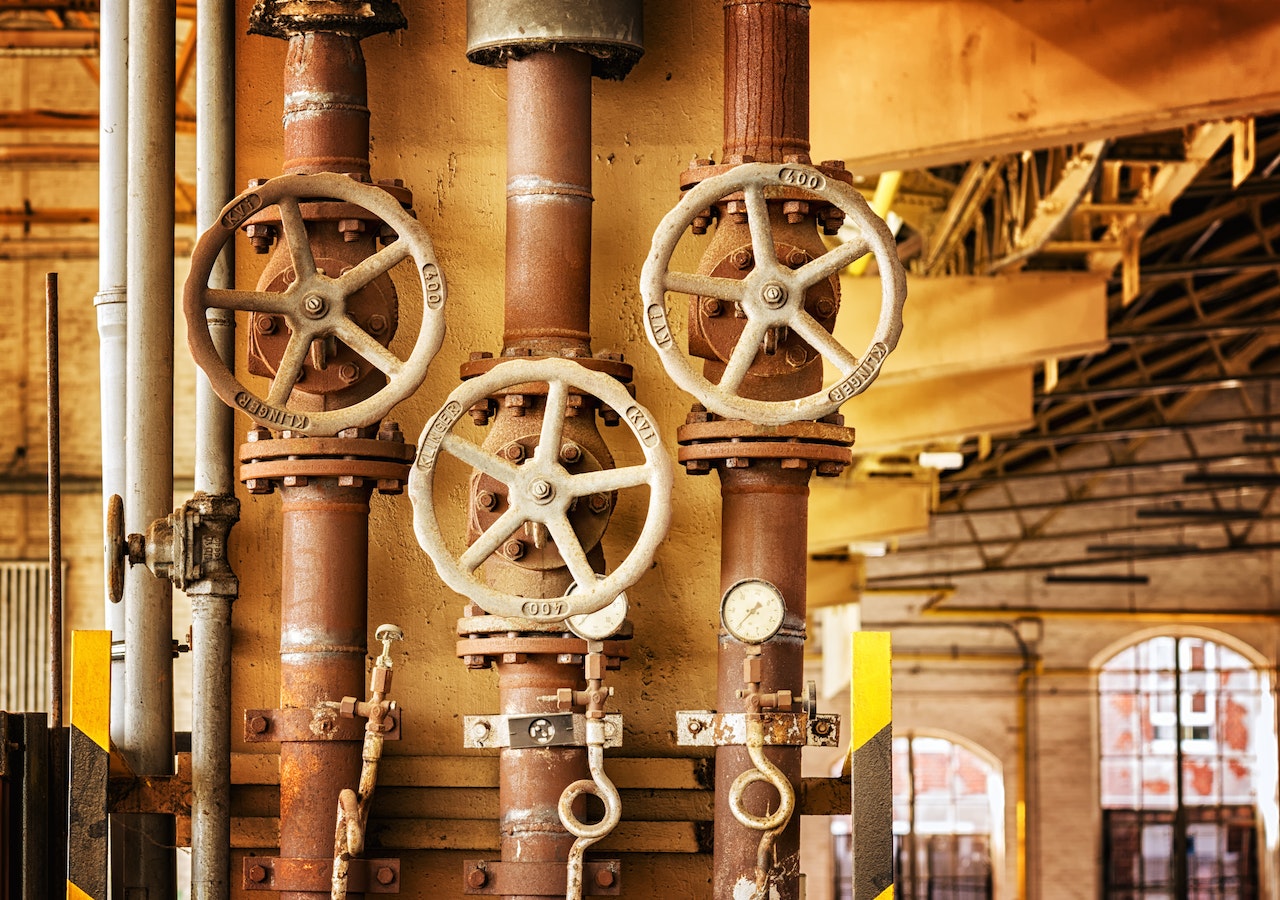
Plant and equipment toolbox talk
When it comes to safety in the workplace, one of the most important things you can do is ensure that your employees are properly trained in the use of plant and equipment. A toolbox talk is an ideal way to provide this training.
A toolbox talk is a short safety meeting that is conducted at the beginning of a work shift. The purpose of a toolbox talk is to discuss safety issues that are specific to the work that will be conducted during that shift. The topics for a toolbox talk can be drawn from a variety of sources, including safety rules, company policies, procedures, and safe work practices.
When it comes to plant and equipment, there are a few key points that you need to cover in your toolbox talk. First, you need to make sure that your employees understand the importance of safety when using plant and equipment. Second, you need to ensure that your employees understand how to properly use and operate the plant and equipment. And third, you need to ensure that your employees understand the potential hazards associated with using plant and equipment.
Let’s start with the first point – the importance of safety. When using plant and equipment, it’s important to always follow safe work practices. This means using the equipment as it is intended to be used, and following any safety instructions that are provided. Failure to do so can result in serious injury or even death.
It’s also important to remember that plant and equipment can be dangerous even when it’s not being used. For example, if plant and equipment is not properly maintained, it can become faulty and pose a serious risk to employees. That’s why it’s important to ensure that your employees understand the importance of following safe work practices, even when the plant and equipment is not in use.
The second point to cover is how to properly use and operate plant and equipment. This includes understanding the controls of the equipment, and knowing how to safely use the equipment. It’s also important to ensure that employees understand any safety procedures that need to be followed when using the equipment.
The third and final point to cover is the potential hazards associated with using plant and equipment. There are a number of potential hazards that can be present when using plant and equipment, and it’s important that your employees are aware of these hazards. Some of the most common hazards include electrocution, fires, and explosions.
By covering these three points, you’ll ensure that your employees are properly trained in the use of plant and equipment. This will help to keep them safe, and will also help to avoid any accidents or injuries in the workplace.
Some potential topics for a toolbox talk about plant and equipment include:
- Safe work practices for using plant and equipment
- Safe work practices for maintenance and repair of plant and equipment
- Potential hazards associated with plant and equipment
- Procedures for reporting defects in plant and equipment
- Procedures for dealing with emergencies involving plant and equipment
What to include in a plant and equipment toolbox talk
When it comes to plant and equipment, there are a few things that you need to include in your toolbox talk When conducting a toolbox talk, the presenter should start by asking if there are any safety concerns that need to be addressed. Here is some specifics to make sure you include:
- The types of plant and equipment that will be used on the job
- How to safely operate the plant and equipment
- How to inspect the plant and equipment before use
- What to do if you find a problem with the plant and equipment
- How to properly store and maintain the plant and equipment
Giving a toolbox talk on plant and equipment is important to do before starting any job that involves using this type of equipment. By going over the above points, you can help ensure that everyone on the job site is aware of the dangers and knows how to properly operate the equipment.
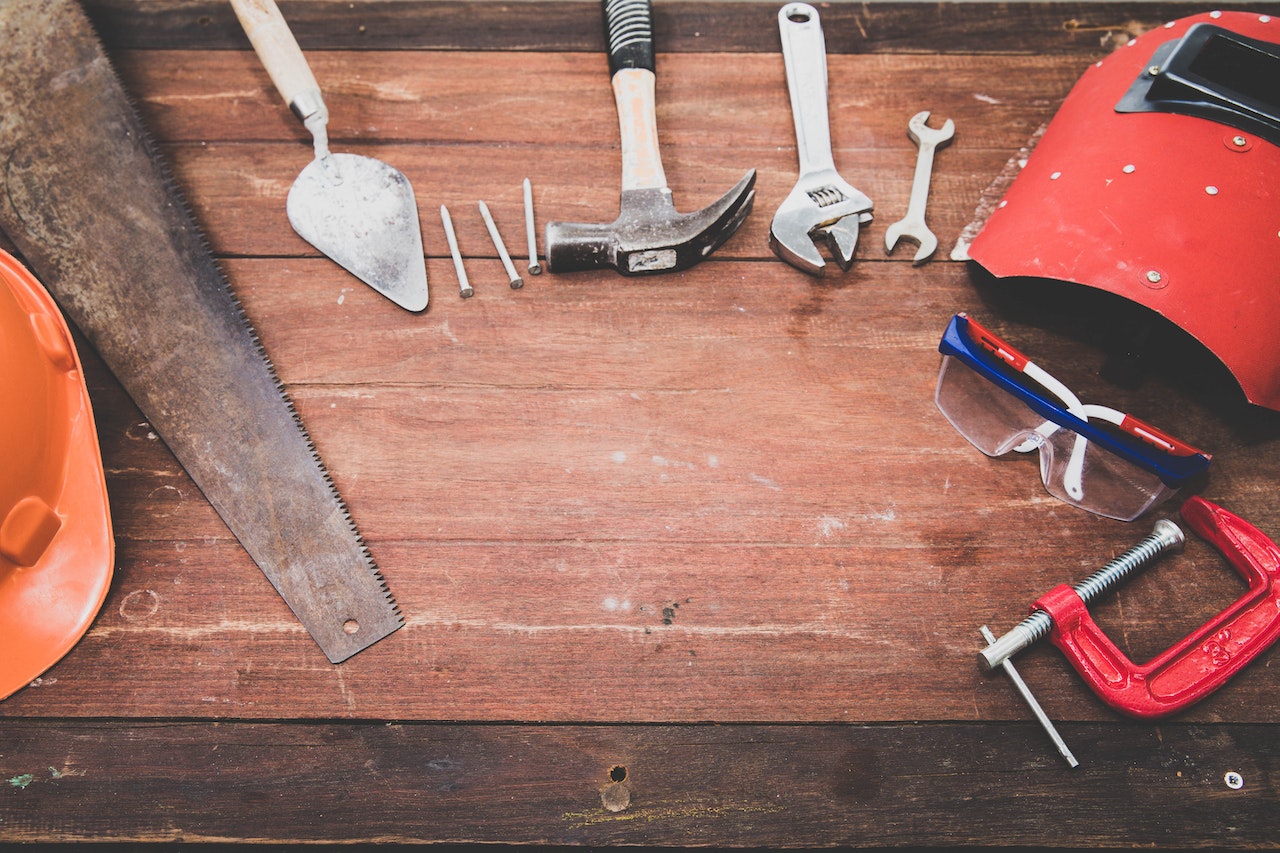
Safety resources for plant and equipment safety
As a business owner, it is your responsibility to ensure your employees safety when using plant and equipment in the workplace. There are many resources available to help you with this, including Worksafe, Safework or your states regulator plus Safe Work Australia.
There are also many industry associations and safety consultants that can provide assistance with plant and equipment safety. Some of these include the Australian Industry Group, the Australian Manufacturing Workers Union, and all states have a Master Builders Association.
